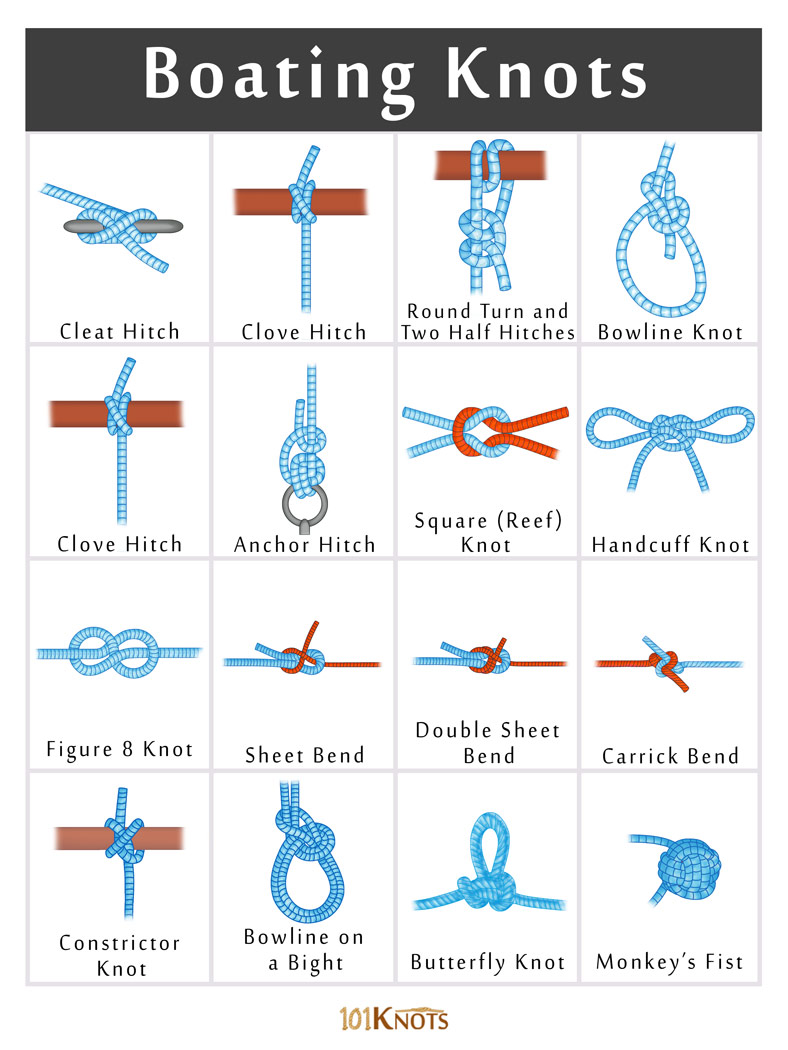


Angler's Loop – knot which forms a fixed loop.Anchor Bend – attaching a rope to a ring or similar termination.

Alternate Ring Hitching – covering a ring in hitching can prevent damage.Alpine Butterfly (also known as Butterfly Loop) – a static loop mostly used by mountain climbers and rappellers for securing a carabiner to static rope.Albright Special – used to tie two different diameters of line together, for instance to tie monofilament to braid.Adjustable Grip Hitch – a simple hitch which may easily be shifted up and down the rope while slack.Adjustable Bend – can be easily lengthened or shortened.Another good use is looping it around a dog’s collar to use as a leash.Ĭommon activities: Hiking, Mountaineering, Climbing, Rescue, Sailing, Boating, Securing Livestock to a postĬonsiderations: The knot requires applied tension in order for it to pull tight. This knot can also be used to temporarily tighten and seal off the top of a bag while still allowing you easy access to get in and out of the bag if need be. This version will help secure the knot to stay in the center of an object if that is a concern. There’s also a version of this called the “double larks-head” which is essentially just two lark head knots together. Likewise, it works if you need to connect two lines together. Why use it: Very similar to the square knot, the Lark’s head is often also referred to as a “cow hitch.” It’s a very common, straightforward and easy to tie choking loop that is useful when you need to quickly create a loop in the middle of your line that will secure a rope to an object. Then make another counter-clockwise loop and feed the end of the rope through the loop. An easy way is by looping the rope counter-clockwise across an object and creating a crossing point. If you get enough practice at making a clove hitch, you’ll find you can learn to tie it one-handed.Ĭommon activities: Hiking, Sailing, Boating, Rock climbing, lifting heavy objectsĬonsiderations: There’s over one way to tie this knot. It can handle a lot of weight and works well in hoisting heaving objects. It’s easy to make and can secure a rope to an object such as a tree or pole. This kind of knot ties in the middle of a piece of rope and can begin or complete lashings. You can make as many half hitches as you want on an object. It’s composed of two half hitches that join which creates one clove hitch.
#The different types of knotes how to
Why use it: Because of the clove hitches versatility it is one of the most important knots you can know how to make. It’s not reliable in lifting heavy loads. This can be useful for carrying, moving stacks of firewood or for binding bandages.Ĭommon activities: Hiking, Boating, Sailing, First AideĬonsiderations: This knot is created by two overhands knots. Keep in mind that the two ropes need to be the same size diameter in order for the knot to work and not slip. Why use it: One of the most popular and well-known knots, this is best used when you need to join two pieces of rope together, or when you want to secure the rope to an object. each of the Loops, Hitches and Bends sections and three knots from the Other. Knot type: A popular and easy binding knot also called a ‘joining’ or ‘reef knot.’ there are different knots for different purposes and all knots are not good. If you were to only learn a handful of knots that would serve you in all kinds of situations in the outdoors, here are the ones we'd recommend: We've got a handful of basic knots to help you get started. If some terms get too technical, check out the glossary located at the end of the post. We'll also be digging into what each knot is best used for along with how ( and why) it works.Īnd, if you're new at the art of knot tying, don't worry. We’ll be sharing plenty of pictures to reference. In fact, these are the very knots that rock-climbers, backpackers and hunters rely on when they're out in the wild. This tutorial will show you how to tie knots that will suit most-if not all-of your outdoor needs. Read more about our review process and affiliate partners. This does not impact how we review products.

If you purchase a product from one of our links below, we may earn a percentage from one of our affiliate partners.


 0 kommentar(er)
0 kommentar(er)
